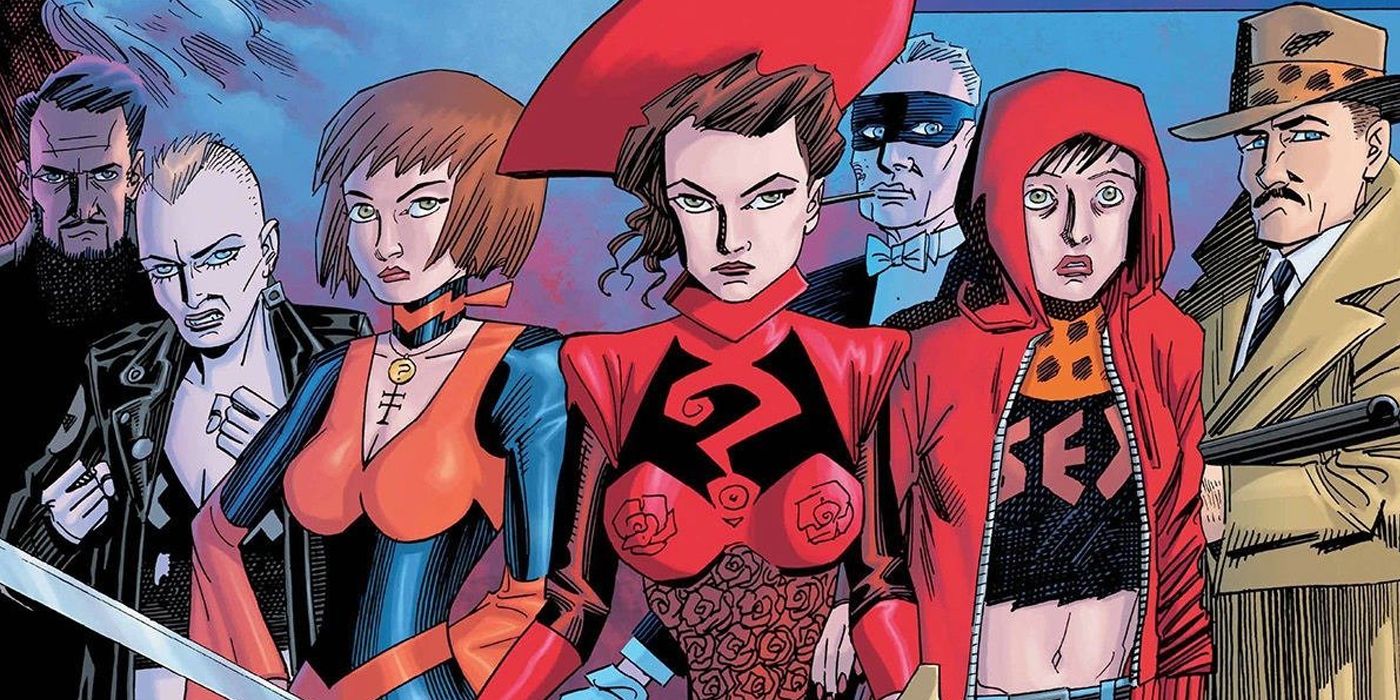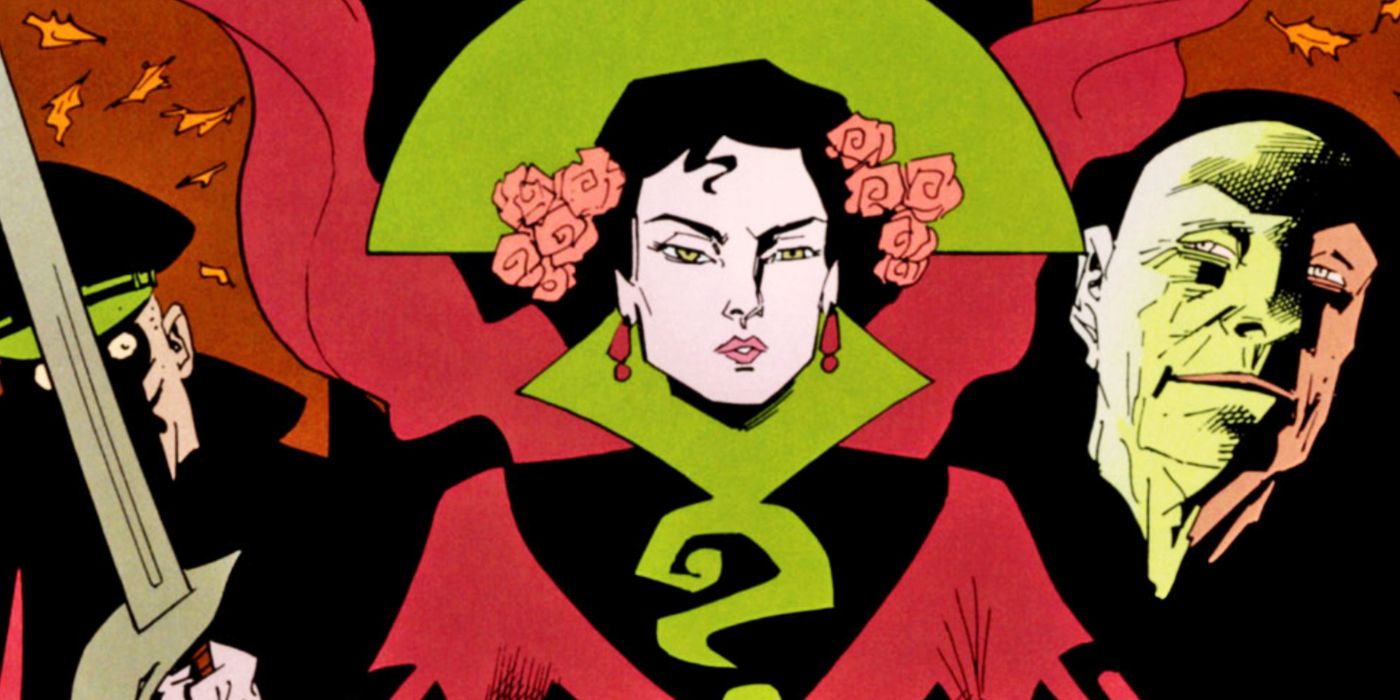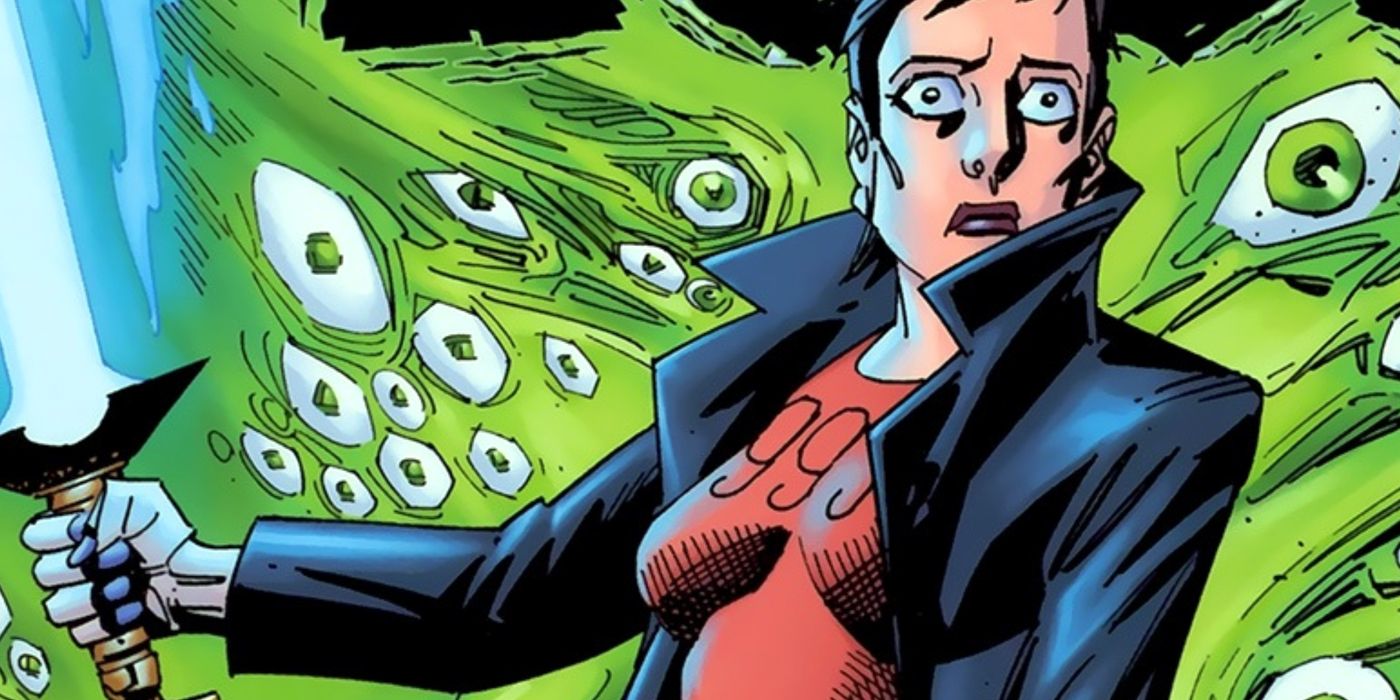
Ever since arriving on comic store shelves in 1999, Alan Moore and Kevin O'Neill's The League of Extraordinary Gentlemen has thrilled readers with sordid, high-flying tales featuring twisted versions of some of classic literature's most recognizable characters. With subsequent entries the series only found new territory to venture into beyond its original Victorian literature mash-up premise. In fact, the final entry into the series not only saw both tragic and fitting ends for some of the League's founding members, it did so at the hands of what might be the most prominent fictional figure of the last three decades.
Beginning in 2009, The League of Extraordinary Gentlemen, Volume III: Century by Alan Moore, Kevin O'Neill, Todd Klein, and Ben Dimagmaliw saw the titular League through the titular hundred years promised. Beginning barely a decade after the first two installments of the franchise, Century opens in 1910, where a dying Captain Nemo entrusts his daughter with control of the Nautilus. While the young Janni stows away to London and begins a new life as Jenny Diver, the now immortal Allan Quatermain and Mina Murray of Dracula fame are continuing their duties with the League while also showing new inductees the ropes. Among the usual chaos comes a mysterious new antagonist in the form of the time-traveling Andrew Norton, who follows the League throughout the decades while warning of the long-dead occultist Oliver Haddo.

When a cult emerged around Haddo in the '60s, the dark magician's spirit found its way into a young man named Tom who soon after stepped through the space between platforms at King's Cross Station. Forty years later, the League is berated for their repeated failures to stop Haddo, learning that the Antichrist has already been born, leaving maybe only days to prevent the end of the world. Andrew Norton finally appears to Mina to lead her through the hidden platform and towards the wreckage of a school very much implied to Hogwarts, where a young boy very much implied to be Harry Potter was manipulated by Oliver Haddo into going on a rampage.
When finally confronted by the League, the not-Harry becomes enraged, growing to a massive size while sprouting new eyes all over his face. The end of the world has finally come, and the only hope to stop it is an enigmatic woman who is without a doubt Mary Poppins herself.

The battle is over almost as soon as the shadowy woman flying by umbrella has arrived. With ease, she turns the Antichrist from a towering titan to chalk drawing on the sidewalk, and a little rain washes all of it away. The still-living yet decapitated head of Haddo, recovered from the wreckage, taunts Mina with the foreseeing of her triggering the Apocalypse now that this one has been averted, though she is less phased by this prophecy than by the death of Allan Quatermain at the hands of the Potter-Antichrist.
The loss of Quatermain leaves the League with only one remaining founding member among its ranks, but Mina doesn't stay on with the group in any official capacity. Throughout the absurd journey it becomes more and more clear that the modern titans of fiction will do irreparable damage to those of classic literature, even if they will never bury the legends of days gone by completely. Thankfully, this fitting end to the League itself was far from the last tale surrounding the titular heroes, though it easily overshadows most anything that ever came after it.
0 Comments